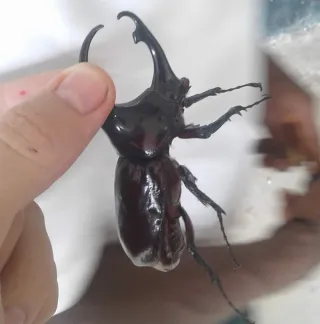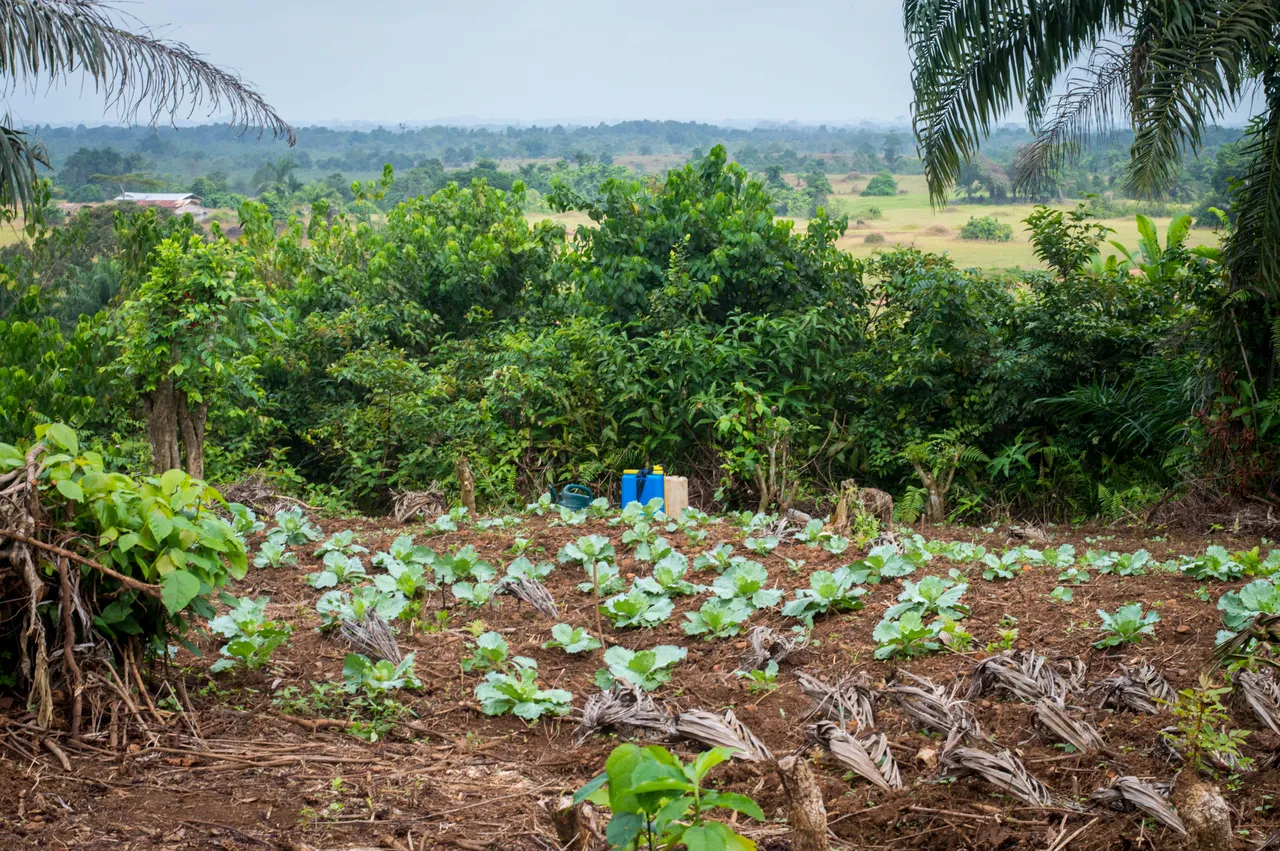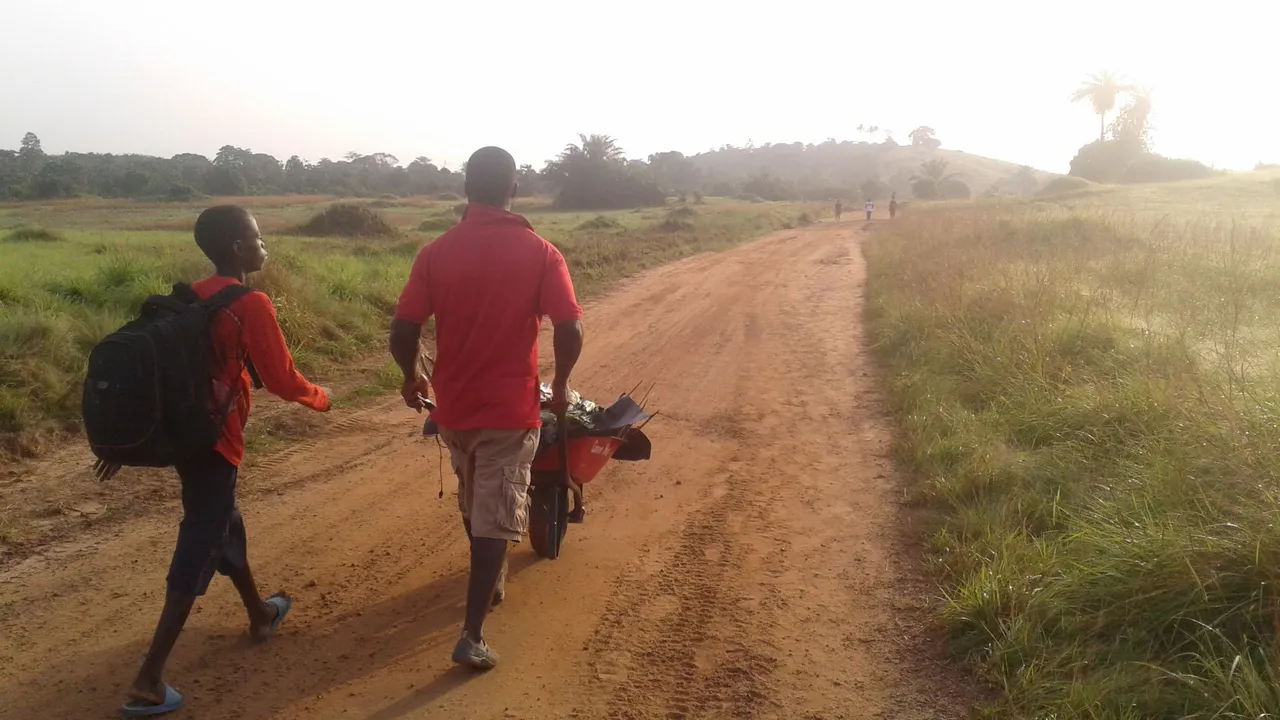Adventure is not excluded from the home – some adventures take place in within a 5-foot radius of the kitchen. Several culinary rendezvous have been nothing but adventurous. It all started with the boisterous bellied Bullfrog, was aided by the country Chicken, and now has invert(ebrat)ed into cooking the resilient Rhinoceros Beetle. The heavily armored, 3-odd-inch beetle makes for a savory delight that rivals that of the finest French cuisine. Attracted to light and perhaps the hum of generators, these horned giants can be collected by the bucket for the enthusiastic bug-eater. At present they are one of the most prevalent players in town, whether as fashion accessories or as leashed lurkers. So long as the holder avoids the pinch of the horns and the pinch of contracting armor plates between the head and the abdomen, the Beetle cannot do significant harm. Its sharp hooked claws can scratch, but only in a therapeutic, unlikely-to-draw-blood way. And when transformed into a meal these Rhino's take up a most tepid character.

Notice the appropriate handling manner.
To prepare these horrifyingly delicious critters the legs are trimmed to the most proximal segment, the dorsal armor protecting the wings is pried off, and the horns took in. Some dainty eaters remove the innards containing post-consumption leaf product (yes... AKA poop), but this component is locally cited as a major source of grease and thus should remain. Once prepared, the hefty Beetles should be clunked down into a boiling soup with sufficient seasoning. Within minutes these delightful morsels can be taken off the fire to cool. When eating, you can chomp them shell and all (Dentist recommendation pending) or try to work around the thick armor. But if – better yet when – you have the opportunity to try this underutilized source of protein, focus your efforts on attaining the meat at the joining of the head and the abdomen. It puts pulled pork to shame.
Fear not vegetarians – I've eaten several vegetables in my new home. My good friend James Collins and I have been developing Collins Agricultural Project – a half acre cabbage farm atop one of the nearby hills.

Collins worked a lifetime of jobs to garner funds to attend university: He sold boiled eggs on the side of the road, was a traveling medicine man, fixed concrete tunnels, and felled trees as a lumberjack. To name a few. For the last half-dozen years, he and his wife Comfort have been running a provisions shop on the main street in my town. At university, he focused on the technical side of farming, diligently studying and practicing that which he learned. It shows – his daily work has yielded almost 1000 sturdy cabbage plants with no power-machine help.

He cleared the half acre of tropical vegetation with his trusty cutlass. I helped – but portions that took me an hour were 10-minute tidbits for him. We trimmed some of the outer leaves on the 2-month-old cabbages, carried them to the house on a Friday and tied them in 3's to sell at the Saturday market for 10LD. The market is a 5-mile walk – we wheelbarrowed the produce to the market early in the morning listening to Akon, a crowd-favorite. Cabbage is a notoriously work intensive crop, and we were the only people in the packed market selling it. Ma's rushed to the wheelbarrow to buy their Sunday greens in bulk. We crashed the market.
